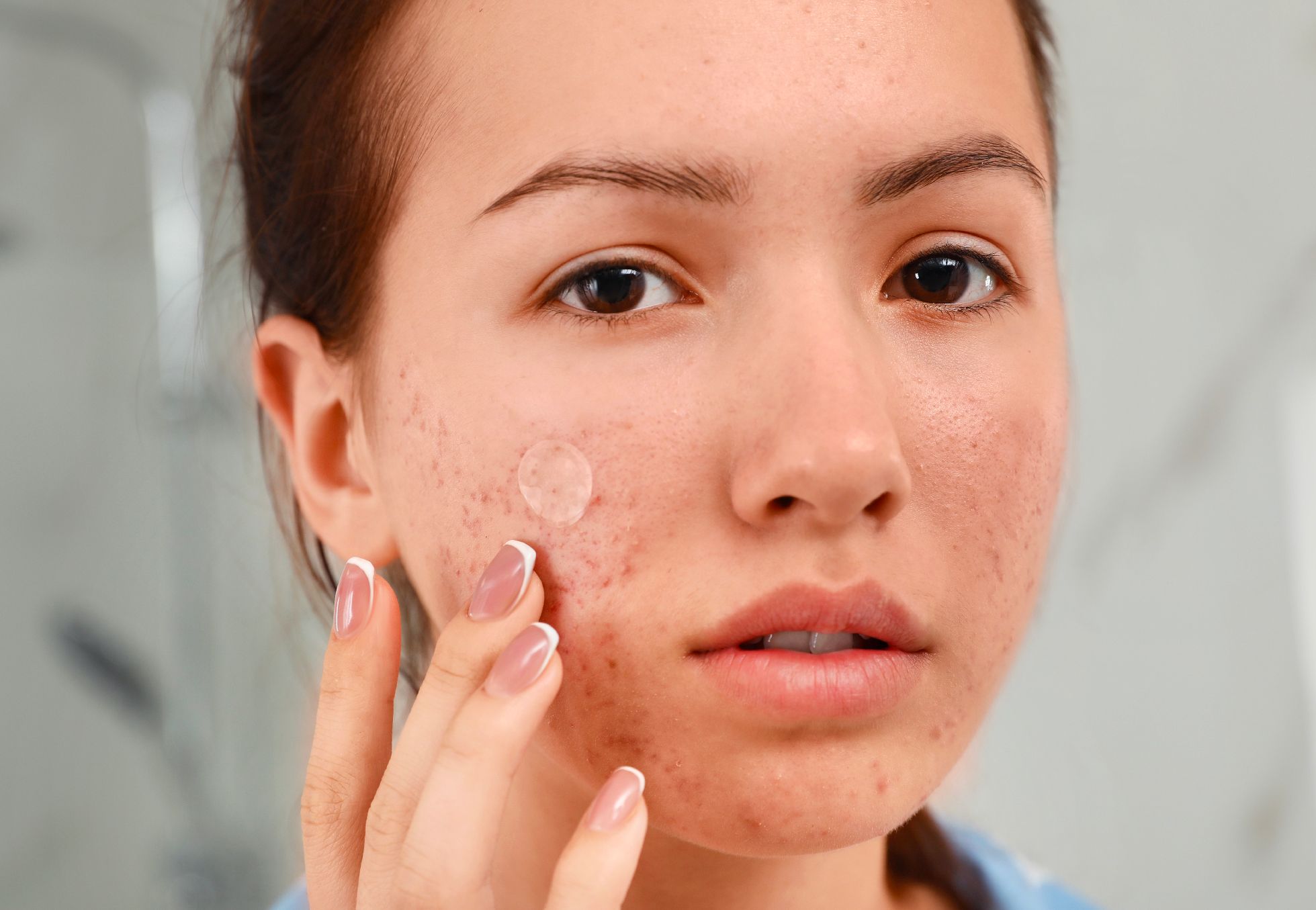Acne Treatment

What Is Acne?
It is a common skin problem caused by the clogging of hair follicles and sebaceous glands in the skin. Although it is generally known as a condition that develops in adolescence, it is as a condition that can be seen in men and women of all ages.
Such skin problems that affect 80% of people, should be considered as a health problem. Acne formation can lead to problems with physical appearance, psychological problems, loss of confidence, and depression, especially in young people.
What Is A Pimple?
The pores are clogged with excess oil produced by the skin and dead skin cells. This clogging causes the growth of bacteria, redness and swelling. This is called a pimple.
What are the Causes of Acne?
- Excessive secretion of sebum due to the overactivity of sebaceous glands in the skin,
- Hormonal changes,
- Bad dietary habits,
- Stress and poor quality of sleep,
- Insufficient water consumption,
- Smoking,
- Bacteria,
- Medication use,
- Genetic predisposition.
What Are Acne Scars?
Depending on its severity, type and the breadth of the affected area, acne can sometimes resolve on its own, and sometimes it can be resolved with treatment. Early diagnosis is important as it is for any other health problem. Because when acne is not treated, it can leave permanent and serious scars.
Acne scars affecting the upper layer of the skin can sometimes be permanent. These are grouped under 3 categories:
Boxcar Scar: Acne scars that are oval and round in shape, 0.5 mm in size and 2 mm in diameter. Their depths extend to the subcutaneous fat tissues.
Rolling Scar: It is a type of acne scar that is 4 mm in depth and creates a wavy texture on the skin.
Icepick Scar: It is a type of acne scar 2 mm in size that looks like it has been pierced by a nail.
What Are Acne and Scar Treatments?
There are different methods preferred in acne and scar treatment. These methods include BBL Hero Full Body, Fractional Carbon Dioxide Laser (CO2), Scarlet X, ICON Laser, Q-Switch Laser, chemical peeling and plasma energy systems.
The severity, type and prevalence of acne and scars will determine which treatment will be applied and how many sessions will be needed. Laser treatments are one of the most preferred methods in acne & scar treatment.
BBL Hero Full Body: As it radiates light in a wide wavelength, it easily affects the lower layers of the skin. It can be applied to people of all ages. It can be used on all parts of the body including the neck, chest, arms, back and legs.
Scarlet X: Controlled thermal damage is created with specially designed gold-plated micro needles. A healthier skin appearance is the goal with this system, which stimulates the skin deeply.
ICON: Using laser light, it provides collagen restructuring through heat increase in the depressed areas on the skin caused by acne and scars.
Starwalker:The acne problem can cause dark spots, especially in people with darker skin. Q-Switch is effective on sensitive and dark skin with its rapid and direct laser light.
Fractional Carbon Dioxide (CO2): It is a laser peeling method. With this application, rapid restructuring can be achieved in acne and scars due to the collagen stimulating effects of the laser.
